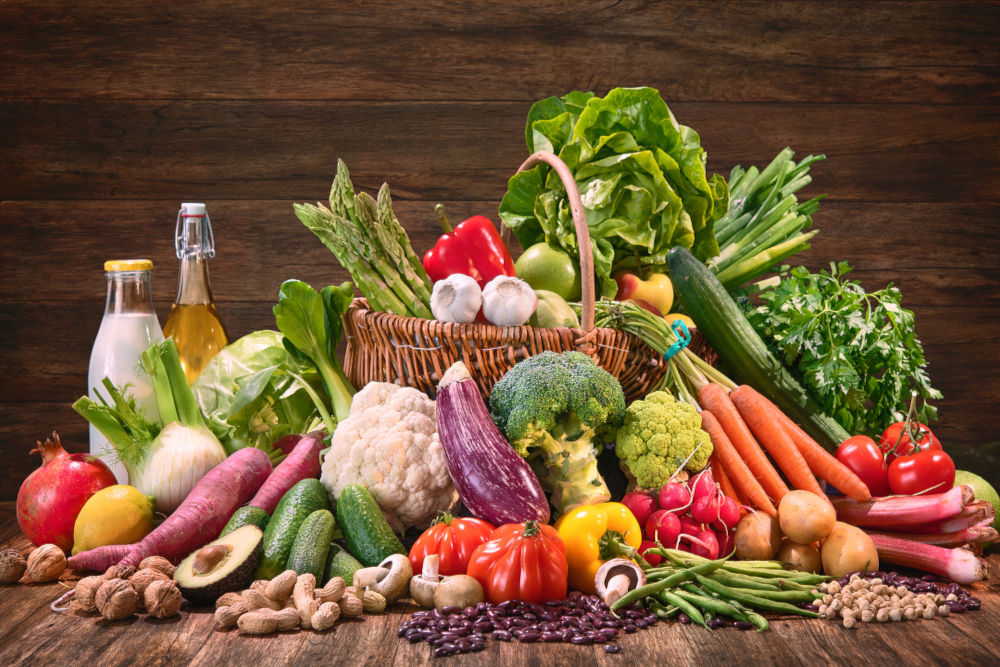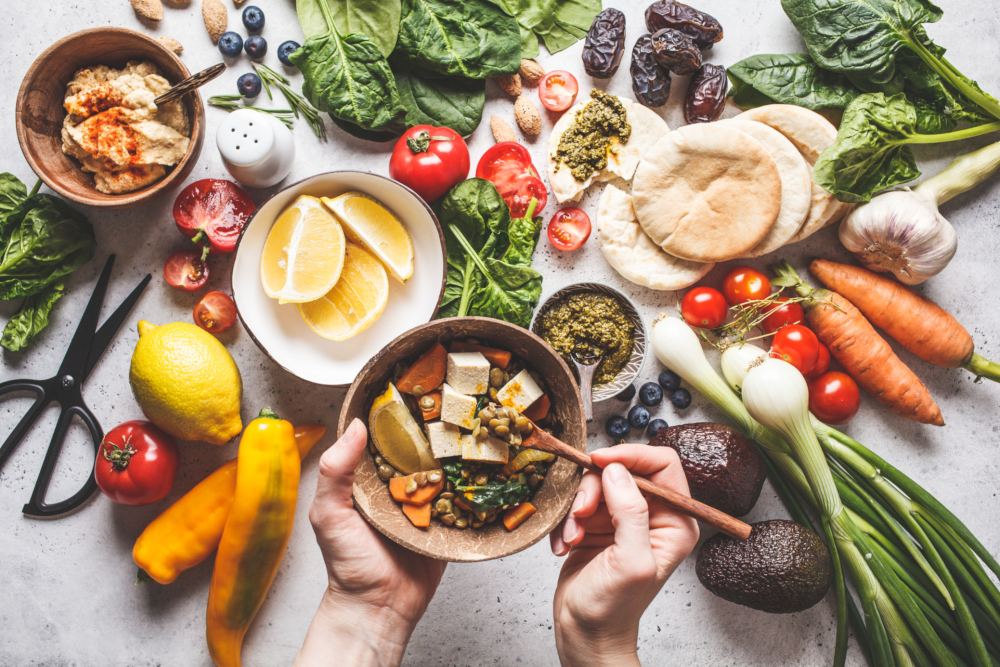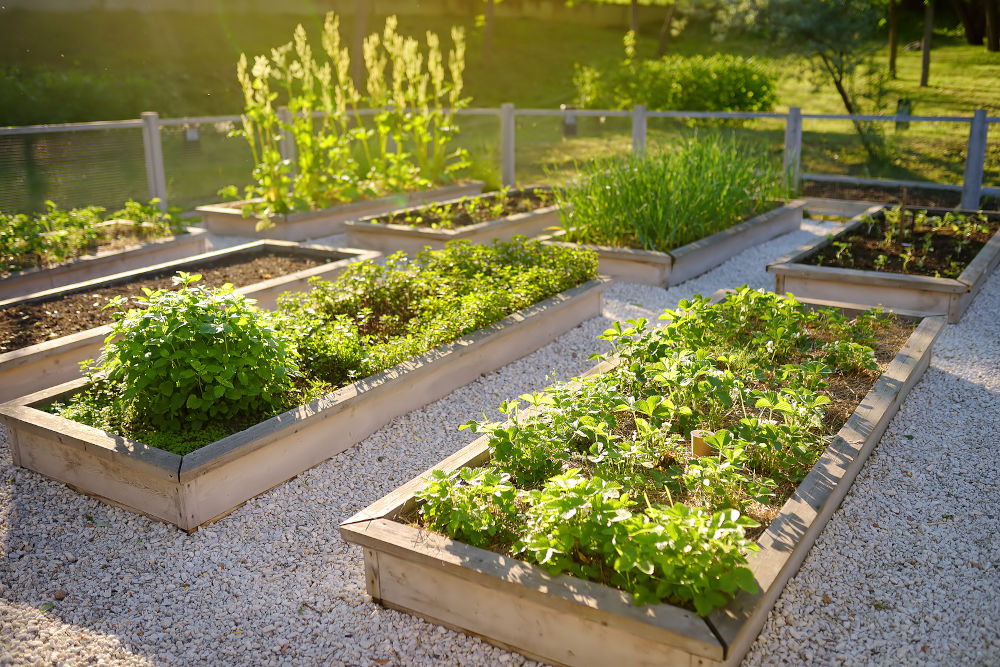What The Veganuary Movement Is About And How To Make The Most 0f It - 7 minutes read
When moving to a plant-based diet, there are several things to consider, such as selecting the vitamins to take and understanding product labels. Continue reading as we help you save time and get started quickly.
What The Veganuary Movement Is About?
In essence, thousands of individuals worldwide decide to attempt a vegan diet during the month of January. To determine whether you can do it full-time, the aim is to gain the health advantages while making more environmentally friendly food choices. The first yearly challenge was held in 2014, and by 2022, there were 620,000 participants. This indicates that an ever-increasing number of individuals are making the decision to go vegan. The goal of the Veganuary movement is to encourage people to become vegans in order to save the environment and put an end to animal husbandry.
Learn About The Advantages Of A Plant-Based Diet
A vegan diet has several advantages, from allowing one to consume more nutrient-dense foods to lessening the environmental effect of industrial food production. However, the majority do it to lessen the use of animal products and stop animal suffering. The majority of vegans consume a lot of veggies and complex carbs, which is good for their health. This implies that they will probably benefit from eating meals high in nutrients, such as consuming less calories, less sugar, and more vitamins and minerals.
Numerous studies show a reduced risk of heart disease, diabetes, and high blood pressure in those who eat a diet heavy in fruits, nuts, and vegetables. It can be a terrific New Year‘s resolve for you if you also consider how much better your body will work.

When it comes to health, most vegans consume lots of vegetables and complex carbohydrates
Follow These Advice For Veganuary:
Think about sustainable food sources
One of the primary reasons individuals choose to become vegans is sustainability. There are many reasons to think about how the food you consume impacts you and the earth, from the rising expense of daily life to concerns about climate change. Vegan diets are thought to use significantly fewer environmental resources than animal husbandry, which uses a significant amount of water, land, and animal feed.
Check the origins of your food, choose locally farmed, and support more locally owned, eco-friendly businesses.
Simple food substitutions
There is a respectable vegan substitute for the majority of animal-based goods, including cheese and wine, thanks to the quick surge in popularity of veganism! You don’t have to give up your favorites, therefore.
Additionally, it’s quite simple to substitute foods that mimic the flavor and feel of particular goods. For instance:
- Swap shredded jackfruit for pulled pork.
- substitute agave syrup for honey.
- Hummus should take the place of mayo’s acidic flavor.
- Choose tofu rather than eggs.
- Replace fish with seeds to obtain your omegas.
- Replace milk chocolate with something healthy Dark, fair-trade chocolate
Watch out for hidden ingredients
Learning how to read food labels for hidden animal components is one of the toughest aspects of being vegan. Even though certain goods are theoretically suitable for vegans, if they were made in the same facility as components like milk or eggs, they could include allergy warnings and hence might not have the vegan sign.
Learning to read labels is therefore a smart idea in order to avoid missing out or making a mistake. So be on the lookout for casein, whey, lactose, gelatin, beeswax, carmine, isinglass, and L-cysteine—all typical animal by-products. Don’t forget to read the labels on home and cosmetic items.

Thanks to the rapid rise in the popularity of veganism, there is an acceptable vegan alternative to most animal-based products
Proceed gradually
It can be difficult to switch to a plant-based diet in a variety of ways, and it will take some time for your body to adjust to your new eating habits. While you might feel compelled to fully commit to Veganuary, it’s okay to begin slowly and gradually include more plant-based components.
For instance, you may choose to eat vegan breakfasts or make one changeover to a plant-based diet throughout your first week (from dairy to oat milk or beef to veggie burgers). This will aid in preventing mental exhaustion and cravings while assisting your stomach in adjusting to the increase in fiber. Your prospects of long-term success rise when you create goals that are reasonable.
Think about nutrition
When following a plant-based diet, you should be able to give your body the bulk of the nutrients it requires with enough preparation. However, some nutrients are hard to get from plant-based sources, so in some cases you might need to think about supplements or fortified goods. For instance:
Vegetables don’t contain vitamin B12, but fortified foods like milk and cereal do. Whether you’re vegan or not, it might be challenging to acquire enough vitamin D because it is found in so few foods. Since fish contains the most prevalent source of omega fatty acids, supplementation is advantageous for many vegans and vegetarians.
Vegans must monitor their iron intake and may want to take multivitamins or eat foods that have been fortified with iron. Those who consume a plant-based diet may have a tougher time getting adequate calcium due to the lack of dairy consumption.
Take into account calcium-rich foods like kale, broccoli, or chickpeas, as well as fortified beverages or pills. Considering how difficult it is to obtain zinc from plant-based meals, stock up on whole grains, nuts, seeds, and legumes.
To be sure you are not vitamin or nutrient deficient and that supplementing won’t cause you to exceed the RDA, it is a good idea to consult with your doctor, healthcare provider, or nutritionist before introducing any new supplements to your regimen.

Grow your own – as well as being rewarding, growing your own fruit and vegetables is a great way to stay motivated and reap the tasty benefits of a plant-based lifestyle while reducing your carbon footprint
Go vegan for longer
Many people who participate in Veganuary stick to plant-based diets for the rest of the year. Therefore, there are a few things you can do to make it a bit simpler if you’re ready to take it a step further and make a permanent lifestyle shift.
Grow your own – Growing your own fruit and veggies is not only satisfying, but it’s also a terrific way to remain motivated, enjoy the delicious advantages of a plant-based diet, and lessen your carbon footprint. So instead of procrastinating, start building raised vegetable beds and organizing your crop rotation for a year’s worth of vegan vegetables. There are a ton of helpful gardening hints and resources for developing vegetable gardens available.
Volunteer – There are many wonderful ways to assist the vegan community and the animals they defend, from ensuring that there is enough access to plant-based foods at your local food bank to raising money for groups that promote animal welfare.
Invite the family to join you – The next time you prepare a dinner for the family, consider making a vegan dish to demonstrate that plant-based eating can be enticing and affordable. Or invite your pals along for a great bite to eat at one of your neighborhood vegan eateries.
Now that you know how to maximize Veganuary this year, from food substitutions to supplements and meal planning to growing your own vegetables, you can maximize your experience.